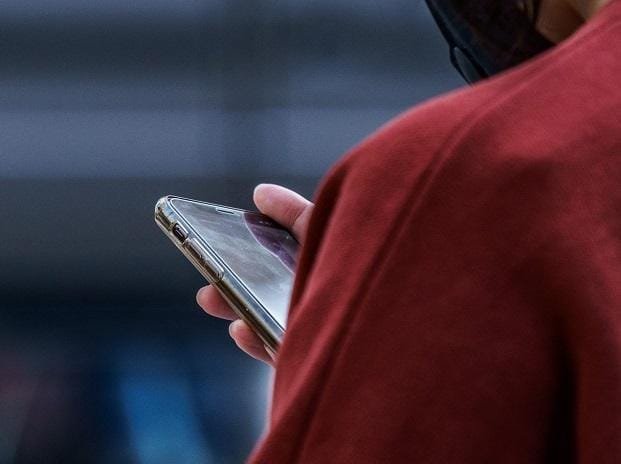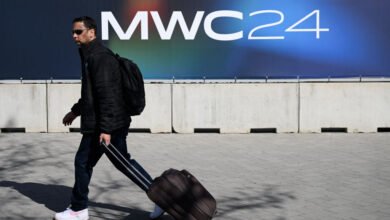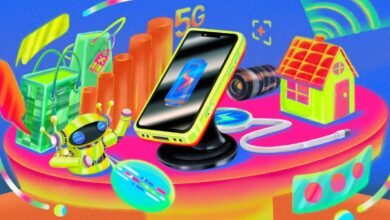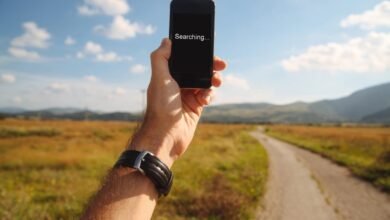The government is keen to bring direct-to-mobile (D2M) technology to India by next year, and pilot projects are set to soon begin in 19 cities, top officials from across ministries said on Tuesday. While a formal timeline has not been set and the government will not mandate handset makers to adopt D2M, the technology has received support from all ministries.
Speaking at an industry conclave on D2M, secretaries from the Department of Science and Technology, Telecom, and information and broadcasting and electronics and information technology ministries said the technology was key to expanding digital access to millions of Indians and that the country could be a pioneer in the field.
Click here to follow our WhatsApp channel
Currently under debate, D2M will allow multimedia content to be transmitted to smartphones without requiring an active internet connection.
“The technology is already mature and available. Some lab trials and field trials have been done. Now we have to do a citywide pilot trial so that its potential can be demonstrated. The government, as a regulator, then has to enable its rollout and commercial deployment. I’m hoping in the next year or so, we can actually launch this technology with an indigenously developed system,” said Science and Technology Secretary Abhay Karandikar.
The government wants to leverage D2M to provide digital streaming to a large chunk of the population that is still using 3G services. In areas such as education, D2M is expected to provide rural populations with quality video content without burdening an already stretched spectrum.
S Krishnan, secretary, Ministry of Electronics and Information Technology, said whether the technology would be made mandatory or not was a distant matter. “It is a domestic development. How the technology is utilised and what the utilisation is going to be is the next step.”
He emphasised that the adoption of D2M largely depended on the choice of consumers. “If there’s an increase in costs, it depends on who wants to consume what.”
However, he hinted at a possibility of mandating that manufacturers embed D2M technology in smartphones. “There are certain aspects that we have already mandated for phones. One example is the integration of NavIC (Navigation with Indian Constellation) chips. Similarly, there could be possibilities of using D2M technology for larger benefits, and not just purely on a commercial basis.”
Massive potential
The Ministry of Information and Broadcasting has especially pushed for D2M. It has argued that of the 280 million households in India, 190 million have television sets while the rest are “TV dark”. The number of smartphones stands at 800 million, alongside 250 million feature phones. “D2M, therefore, provides a tremendous opportunity for the broadcast sector to reach every corner of the population,” said Information and Broadcasting Secretary Apurva Chandra.
D2M could also be deployed to reduce the stress on telecom networks resulting from India’s burgeoning mobile data consumption that is set to reach 44.3 exabyte per month by 2024, he added. “With 69 per cent of this data being video content, broadcasting a part of it through D2M will reduce the tremendous load on our 4G and 5G networks,” he said.
Mobile phone manufacturers and telecom operators remain opposed to D2M.
On Monday, the Cellular Operators Association of India (COAI) said spectrum allocation, network integration, and regulatory and cost arbitrage for D2M needs to be reevaluated. “Building a dedicated D2M network by earmarking spectrum specifically for the broadcasting infrastructure providing competing/complimentary services would lead to breach of level playing field,” it said.
A key point of contention would be spectrum. The proposed D2M network operates in the sub-GHz band (526 MHz-582 MHz). It is currently used by public broadcaster Prasar Bharati, along with many analogue, and digital terrestrial TV transmitters. It was decided in 2021 that the entire band of spectrum be shared between broadcasting services and D2M.
“Subsequently, it was decided that 56 MHz of spectrum (472-526 MHz) would be sufficient for the deployment of D2M. But we now feel this entire 112 MHz spectrum needs to be reserved for D2M as of now,” Chandra stressed.
However, COAI has called for a transparent auction of spectrum in the band, and a “technology-neutral approach with a focus on seamless integration into the existing mobile networks”.





